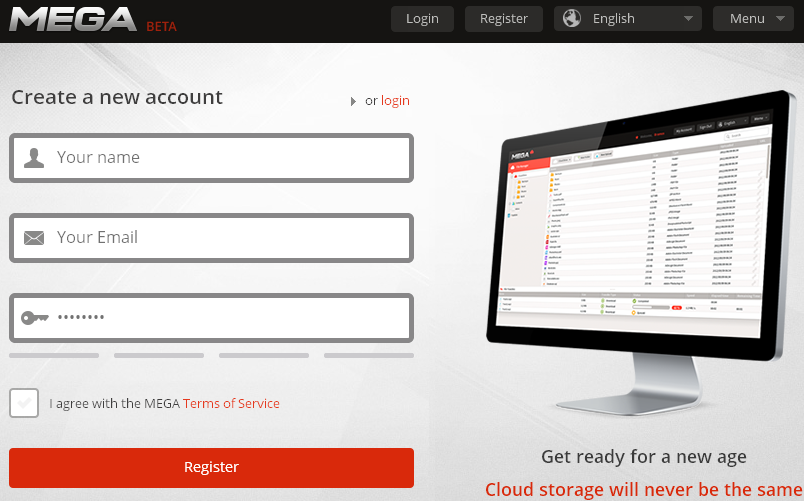Ever wondered why the rupee quotes at 53.2 or 50 and
not at Rs 20 or Rs 80 to a dollar?
It’s not much different from how the prices of your
mangoes are determined, for example. Whether currency movements or prices of
mangoes, the most important factor determining their price is the same – market
forces of demand and supply.
If the demand for dollars increases, the value of
dollar will appreciate. As the quotation for Rs/$ is a two way quote (that is,
the price of one dollar is quoted in terms of how much rupees it takes to buy
one dollar), an appreciation in the value of dollar would automatically mean a
depreciation in Indian rupee and vice-versa.
For example, if rupee depreciates, a dollar which
once cost Rs 47 would cost, say, Rs 50. In essence, the value of dollar has
risen and the buying power of rupee has gone down.
Besides the primary powers of demand and supply, the
rupee-dollar rates are determined by other market forces as well.
Market sentiments:
During turbulent markets, investors usually prefer
to park their money in safe havens such as US treasuries, Swiss franc, gold and
so on to avoid losses to their portfolios. This flight to safety would lead to
foreign investors redeeming their investments from India. This could increase
the demand for dollar vis-à-vis Indian rupees.
Speculation:
There are derivative instruments and
over-the-counter currency instruments through which one can speculate/ hedge
the underlying currency rates. When speculators sense improvements/
deterioration of the sentiments of the markets, they too want to benefit from
such rising/ falling dollar. They then start buying/selling dollar which would
further change the demand/ supply of the dollar.
RBI Intervention:
When there is too much volatility in the
rupee-dollar rates, the RBI prevents the rates from going out of control to
protect the domestic economy. The RBI does this by buying dollars when rupee
appreciates too much and by selling dollars when the rupee depreciates
significantly.
Imports and Exports:
Ever give thought as to why our government is trying
to incentivise exports and reduce imports? There are a lot of schemes and
incentives for exporters while importers are burdened with many conditions and
taxes. This is to protect our economy from high rupee depreciation. Importing
foreign goods requires us to make payment in dollars thus strengthening the
dollar’s demand. Exports do the exact reverse.
Public Debt / Fiscal policy:
Whenever our Government fails to match expenses with
equivalent revenue, there is a shortage of funds. To finance this, the
Government at times opts to borrow money from institutions such as the World
Bank and the IMF. This debt, accrued interests, and the payments made, also
lead to currency fluctuations.
Interest Rates:
The prevailing interest rates on the government
bonds attract foreign capital to India. If the rates are high enough to cover
the foreign market risk and if the foreign investor is comfortable with the
fundamentals or credit ratings, money would start pouring into India and thus
provide us with a supply of dollars.
FOR RELTED POST CLICK HERE: AMERICAN DOLLAR v/s INDIAN RUPEES



.jpg)










